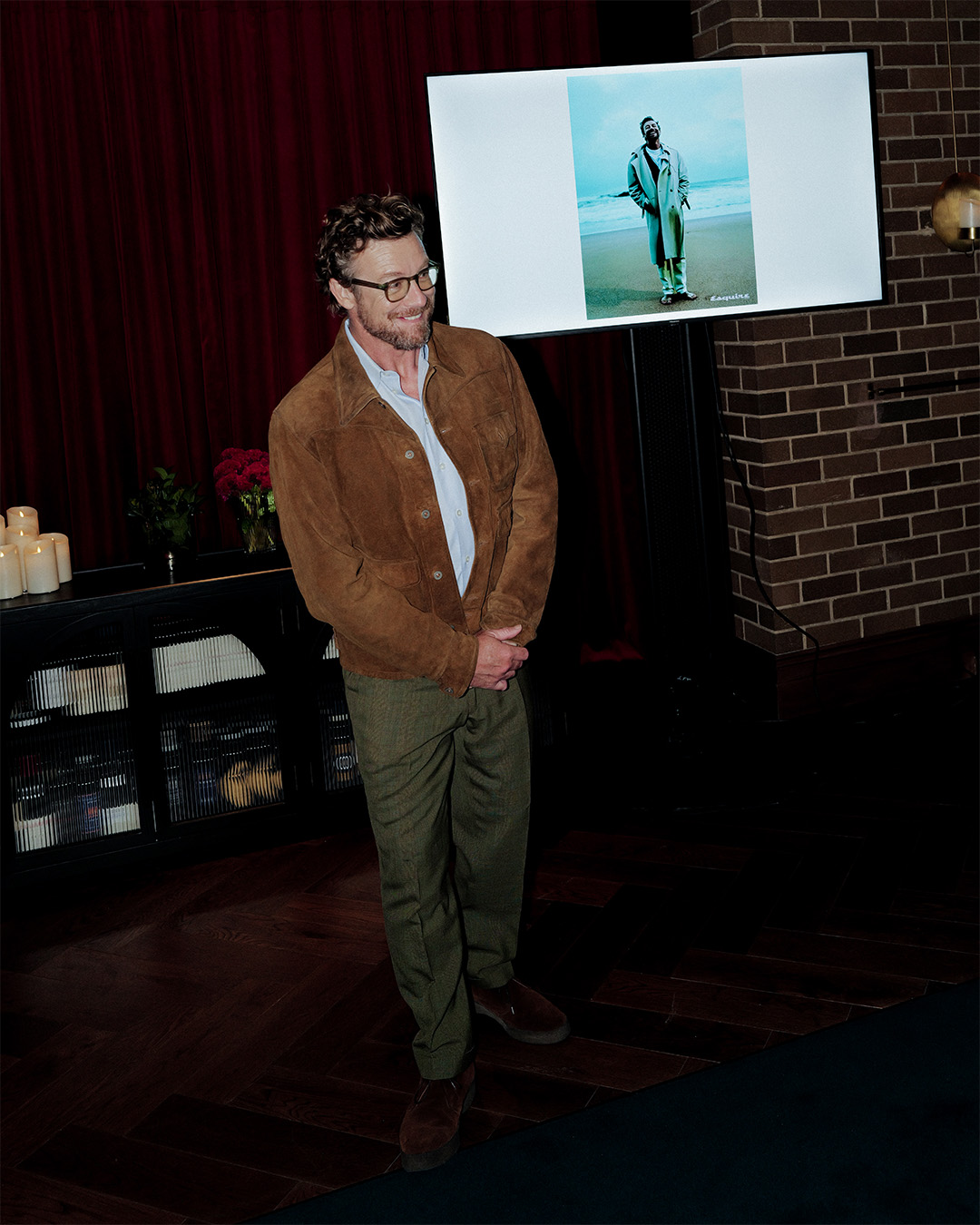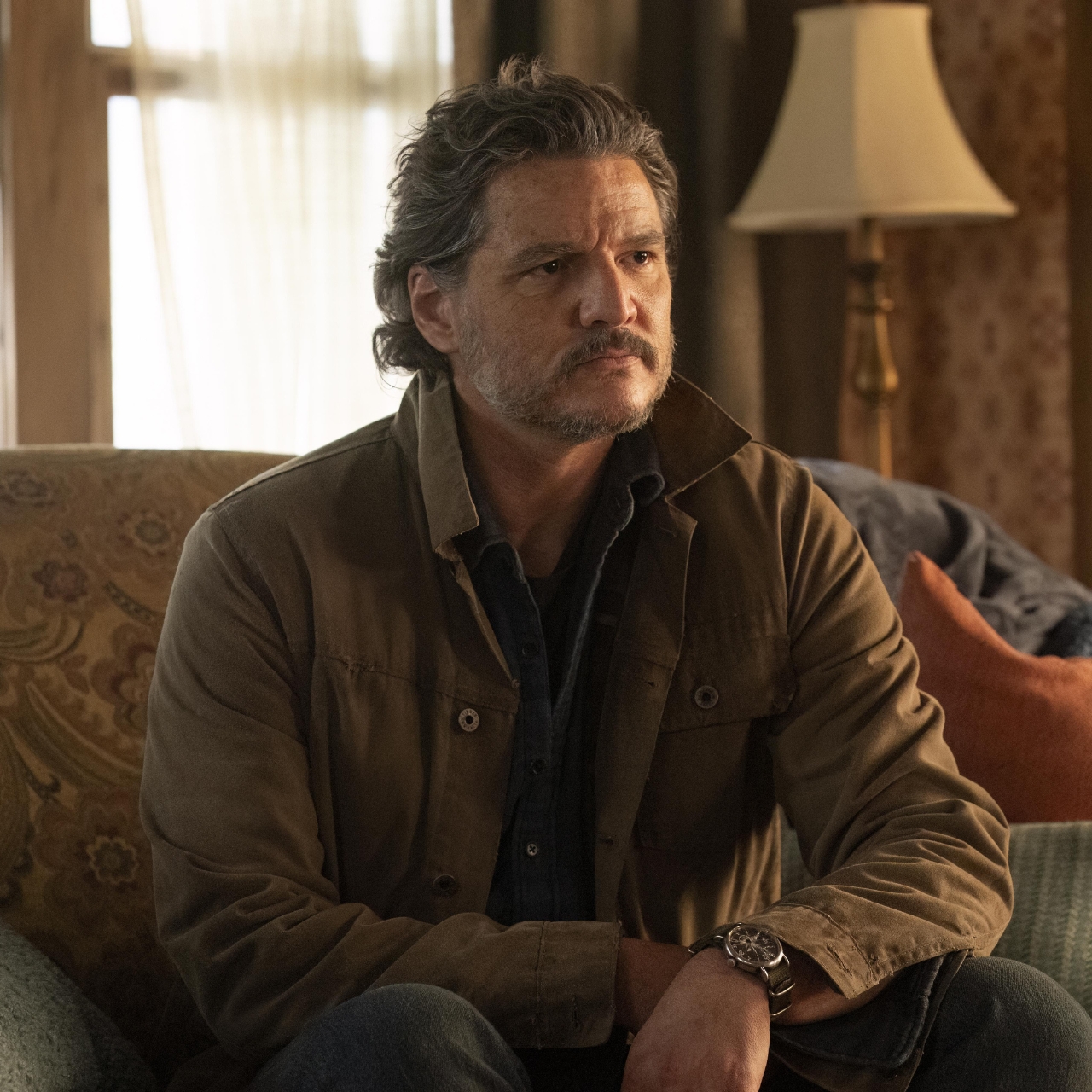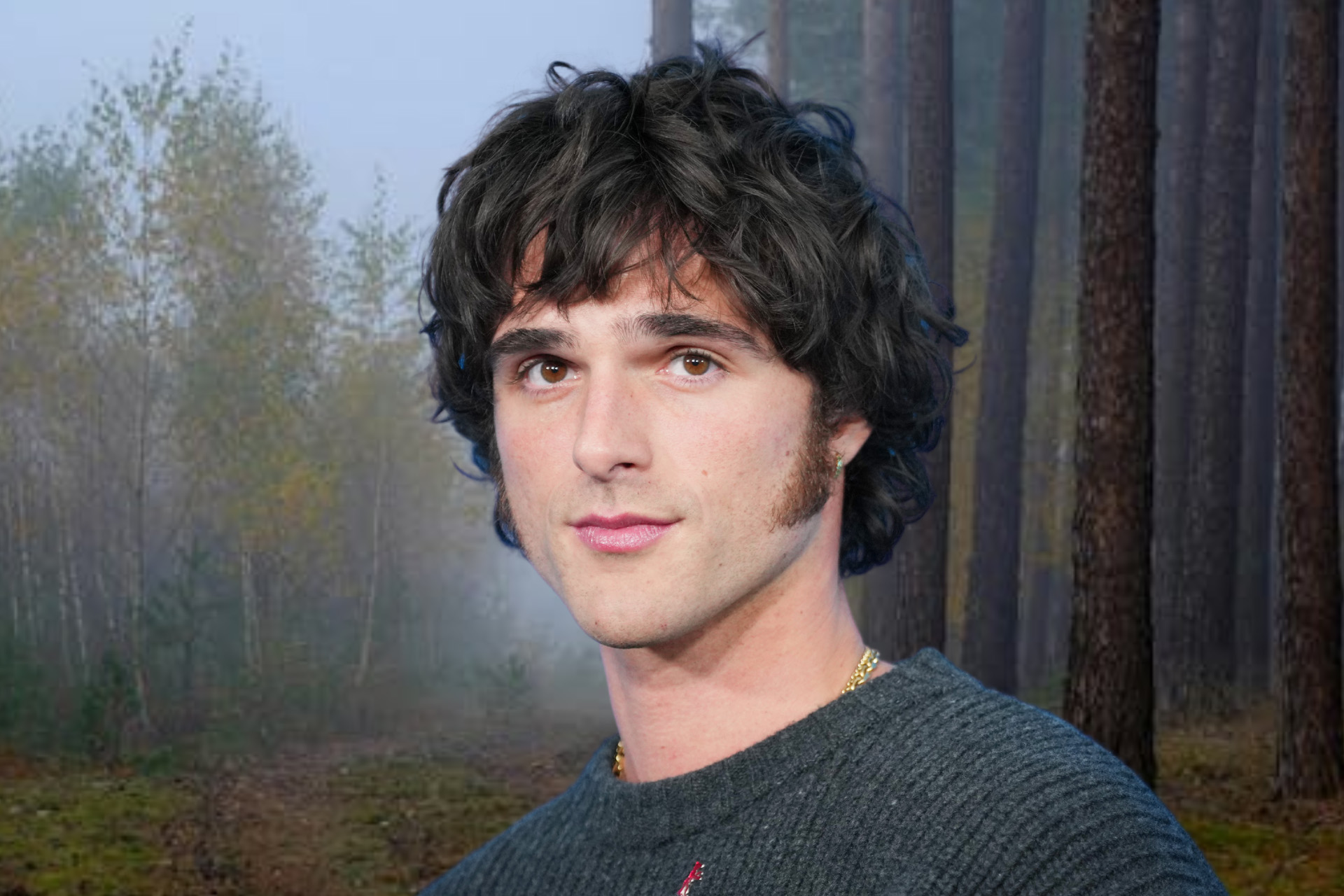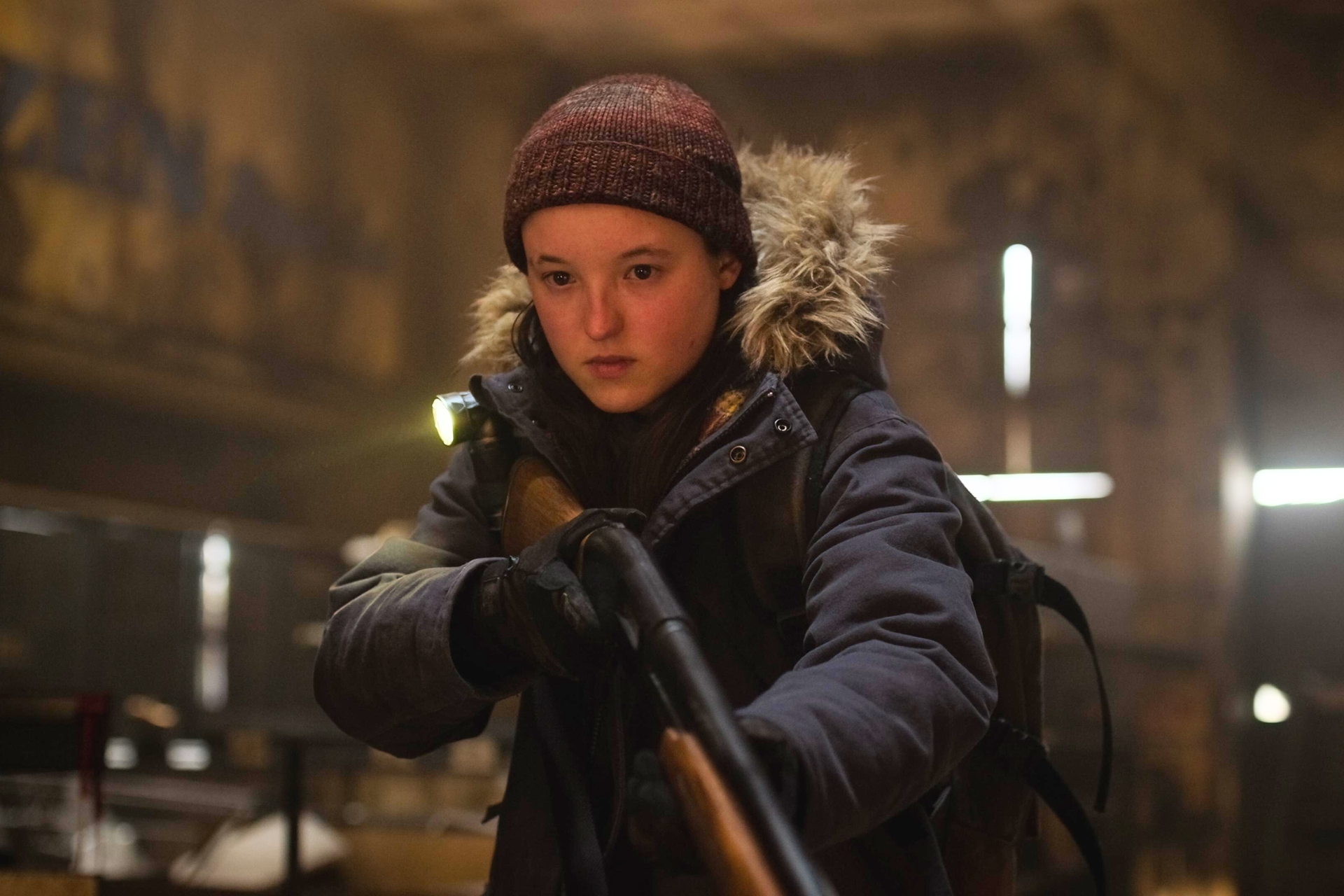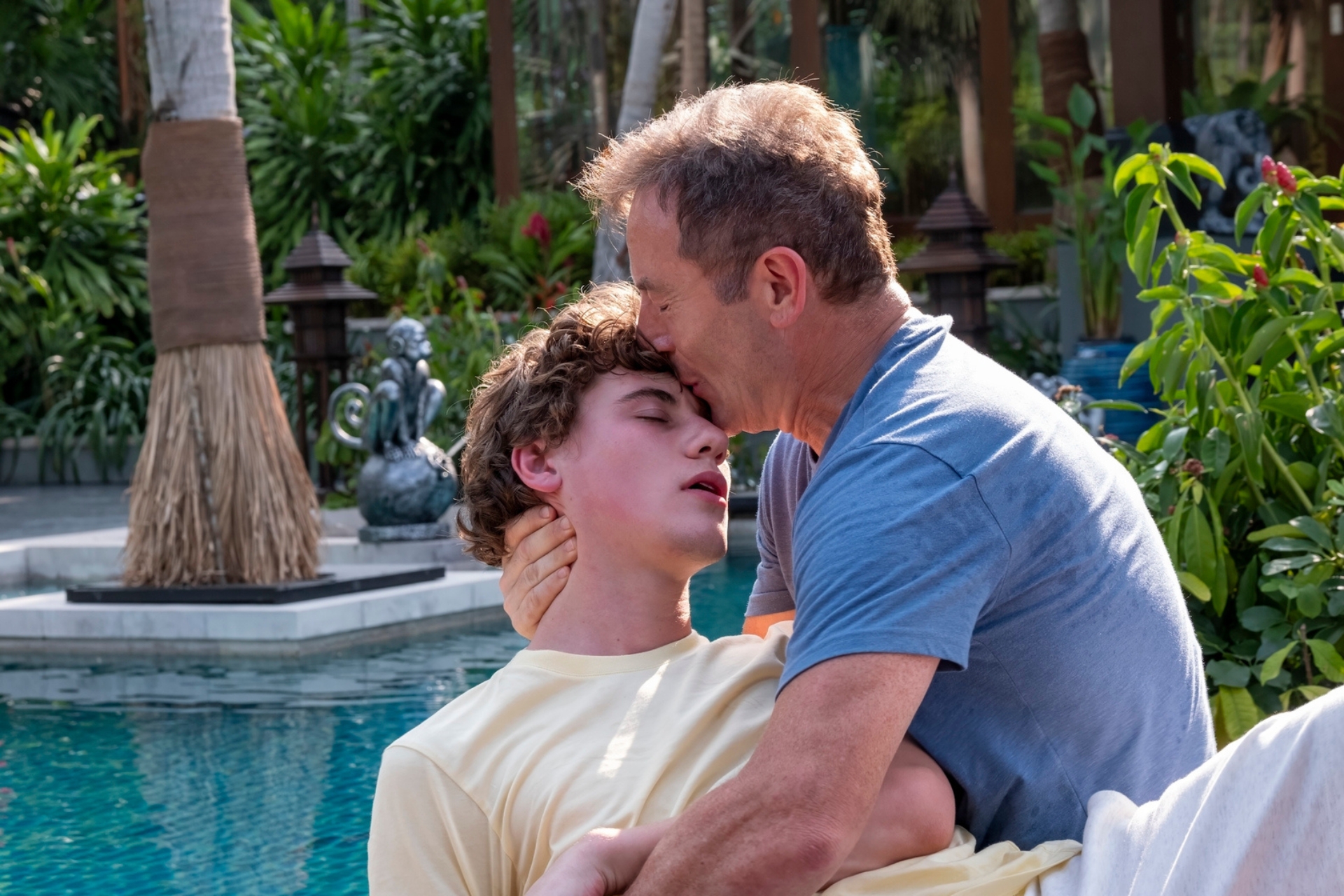‘Adolescence’ and the complexities of true-to-life TV
The one-take Netflix phenomenon is a ‘whydunit’ that raises more questions than it answers. And that’s the point

*The following story contains spoilers
THERE IS A scene in episode two of Netflix’s word-of-mouth phenomenon Adolescence, where Detective Inspector Luke Bascombe (Ashley Walters) is explaining to his colleague, Detective Superintendent Misha Frank (Faye Marsay), that he wants to know why 13-year-old Jamie Miller (Owen Cooper) would murder a teenage girl (Katie) from his school.
“I think we’re here for Katie. We’re here for her parents. We’re here to get answers. It’s our job to understand why.”
DS Frank isn’t moved, telling her colleague, “You can’t understand why. Do you think you can? We’ve got the video. We know what he did. You are not going to know why, mate. After all the things we’ve seen, you are not going to know why.”
That makes for some tricky narrative terrain for the viewer to negotiate, for Adolescence is a ‘whydunit’ rather than a ‘whodunnit’. We know from the end of the first episode, where CCTV footage shows Jamie stabbing Katie, that he did it.
Further complicating matters is the fact Adolescence eschews traditional plot mechanics and narrative devices, in favour of a breathtaking one-take structure, that rolls out over four searing one-hour episodes. In each, the camera is a whirling, prodding and ever-watchful presence, following characters from room to room, with no breaks.
It’s a technical marvel and an acting tour de force – Cooper and Stephen Graham, who plays Jamie’s father Eddie and also wrote and co-created the show (along with, among others, Brad Pitt, his co-star from Guy Ritchie’s Snatch), are mesmerising as the father-and-son duo grappling with impossible circumstances. The rolling real-time nature of the show ratchets up the tension, while engineering a sense of realism that’s often spellbinding.
At the same time, the viewing experience can be frustrating. The show’s seat-of-the pants structure never allows you to get comfortable or even to really begin the guessing game of character motivation. The four episodes capture hour-long moments within a 13-month journey, from the morning after the crime, to a period about a month out from Jamie’s trial. As a viewer we don’t know what happened between episodes and are instead rudely thrust into the next stage of the judicial process disoriented, as we scramble to get our bearings, the show offering no let-up as that camera just keeps moving.

For audiences conditioned by crime dramas and procedurals, the one-take structure can be tough to deal with. In those shows narrative devices – show and tell, multiple POVs, flashback scenes – help the viewer join the dots and ride shotgun with the detectives in solving the case, or in a drama, in understanding a character’s motivations.
Often these days, those same devices are used by creators to mislead the audience, presenting red herrings and narrative cul-de-sacs, until the big reveal in the final episode; see The White Lotus, where at episode 5 of the current season, multiple characters could conceivably be the one who pulled the trigger on Chekov’s gun back in episode one.
But while it may be disorienting, there’s no doubt the rare, if not unique, structure of the show is Adolescence’s calling card and it’s doubtful it would have resonated as strongly as it has without it.
The other issue inherent to whydunits is that the questions posed are complex and far-reaching. And unlike a whodunnit, they are rarely easily answered. As a viewer, this too, can be vexing. We generally baulk at ambiguity and rely on storytelling to provide answers. Like DI Bascombe, we desperately want to identify motivations and find reasons that might explain aberrant behaviour and horrific, senseless crimes. That is our nature.
The ‘reality’ is that sometimes there are no good reasons that might explain a tragedy or, conversely, there are multiple, complex and colliding explanations, as is the case in Adolescence.
The curdling influence of the manosphere and ‘incel’ culture that corrupts the minds of impressionable young boys is explored through Katie and Jamie’s messages to each other. There are references to ‘red-pilling’; in the manosphere, those who have been “red-pilled” see the world as it really is, understanding the so-called ‘real’ nature of women’s behaviour and dating preferences. Similarly referenced is the 80/20 rule – 80 per cent of women are attracted to 20 per cent of men.
In an online world, such dark and vile messaging encourages boys to ‘reclaim’ their masculinity through misogyny. While this might masquerade as cement for self-esteem and confidence online, it loses its power outside of its closeted echo chambers. As we see in Adolescence, when faced with the messiness of real-world scenarios and particularly when met with rejection, toxic masculinity can find violent expression.
Online bullying is also fingered as a possible motivation – Jamie is humiliated by Katie’s use of incel symbols in online messages to him and by her rejection of his advances. The show similarly highlights the dangers of the UK’s knife culture, while also taking shots at a school system where helpless teachers seem powerless to control the student body.
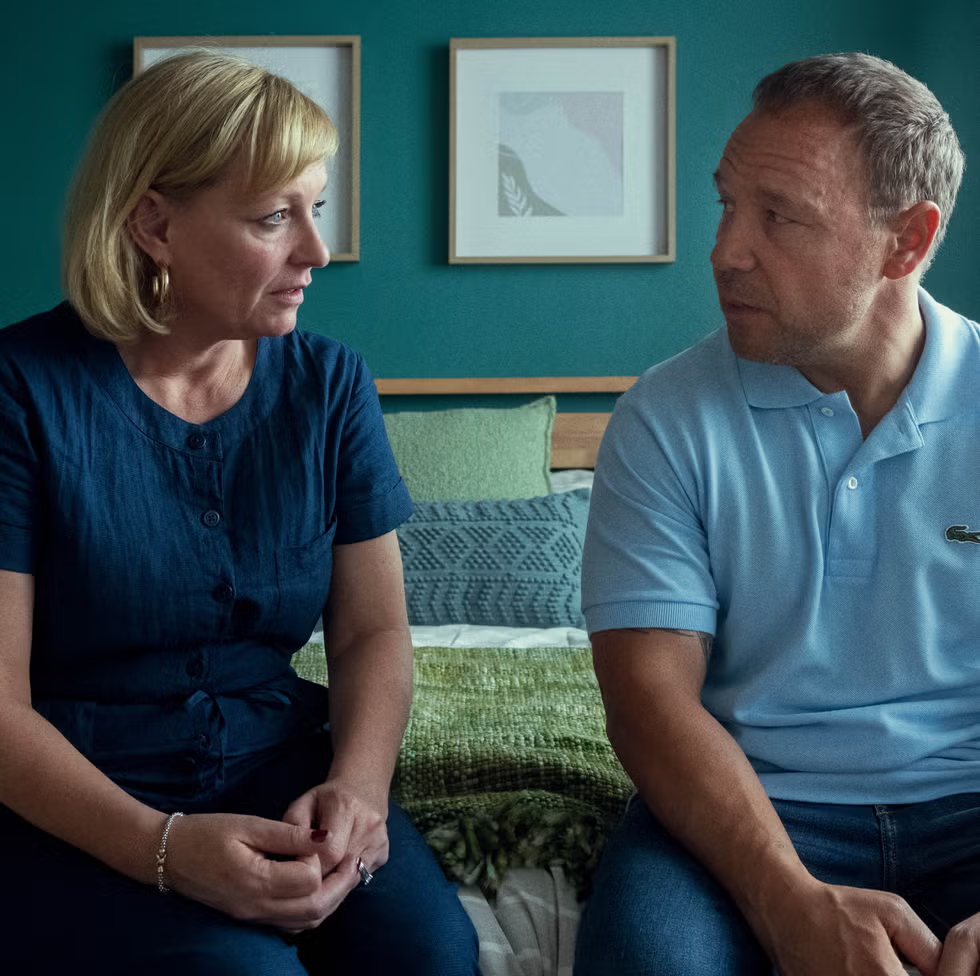
And then there are the parents. Graham’s portrayal of Jamie’s father Eddie, with his muscular build, tattoos and simmering, menacing energy, hints at potential anger issues. Yet over the four episodes, Eddie is revealed to be a thoroughly honest and mostly decent man. A loving father dealing with an unimaginable tragedy, but one who would do anything – possibly including acts of violence – to protect his family. While it becomes clear he never physically abused Jamie or his family and that theirs is a loving, ordinary middle-class home, it does seem that he and his son have similar temperaments and that both struggle to deal with their emotions and contain their anger.
In combination, these factors each play a part in Jamie’s shocking crime. But you can’t clearly pin it on any one of them exclusively, as we, as viewers, so desperately want to do. It’s all messy, nothing is neat. That some of us might find that frustrating is perhaps a sign that this is the rare case where art has successfully, almost wholly, imitated life – yes, some feat. Ultimately, like DI Bascombe, we’re left pondering why?
Sadly, this is the question parents of both the victim and perpetrator in violent crimes ask themselves and one to which they rarely receive a satisfactory answer. In its absence, they blame themselves, as Eddie does in the show’s final heart-wrenching scene: “Sorry son, I let you down”.
The triumph of Adolescence is that it forces the audience to grapple with that same question and the frustration that comes with the fact that you can’t ‘solve’ human behaviour.
Is the Netflix series Adolescence a true story?
Adolescence is not a true story and nor is it based on a single case but instead inspired by a series of horrifying news stories regarding knife crime among UK teens. These stories led co-creator, co-writer, and star, Stephen Graham, to work on a series exploring the influence of the ‘manosphere’ on teenage boys and factors driving the country’s knife-crime epidemic. Graham told The Independent: “I read an article about a young boy stabbing a young girl…And then maybe a couple of months later, on the news there was [another] young boy who’d stabbed a young girl, and if I’m really honest with you, they hurt my heart.”
Where is Adolescence on Netflix filmed?
Adolescence was filmed in Pontefract in the West Yorkshire city of Wakefield, with much of the filming taking place at a studio facility called Production Park, over six months between March and September 2024. Inside this 1,350 sq m facility, a regular rehearsal space for artists like Sam Smith, Coldplay and Elton John, some of the most intimate scenes in Adolescence were filmed in what is known as Studio 005.
The decision to film in West Yorkshire was partly influenced by the casting of its young lead, Owen Cooper, who hails from Warrington, about 60 miles away.
“We knew it was going to be set somewhere in the north of England,” says Phillip Barantini, the series’ director. “And we also knew it would be from somewhere around wherever our Jamie was from, because it would have been unfair to make him do an accent.”
Will there be an Adolescence season 2?
As of right now, Netflix has not greenlit the show for season two. It was initially intended to be a mini series, which are traditionally one-offs for the streaming service. Given the show’s popularity, however, it would not be a surprise if the streamer commissioned a second series. Netflix has previously upgraded other popular mini series to multi-season shows, as it did with Beef. Watch this space.
Where can I watch Adolescence?
Adolescence is currently screening on Netflix.
Related:
‘The White Lotus’ season 3, episode 5 recap: full moon antics
Baby Reindeer and the complications of mining personal experience for emotional truths










